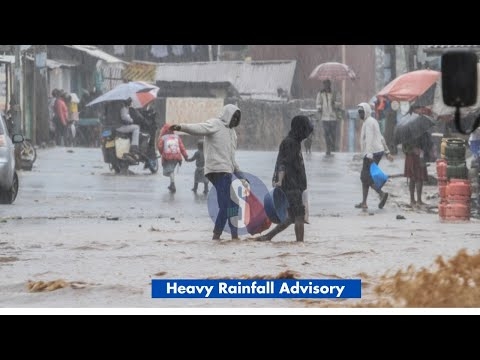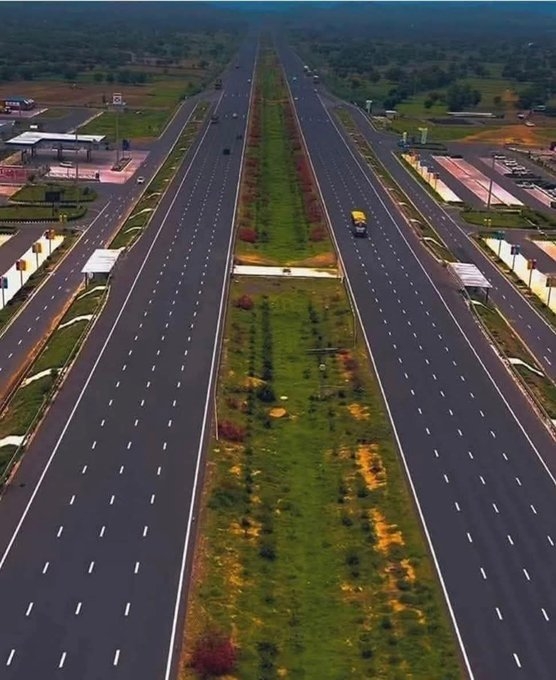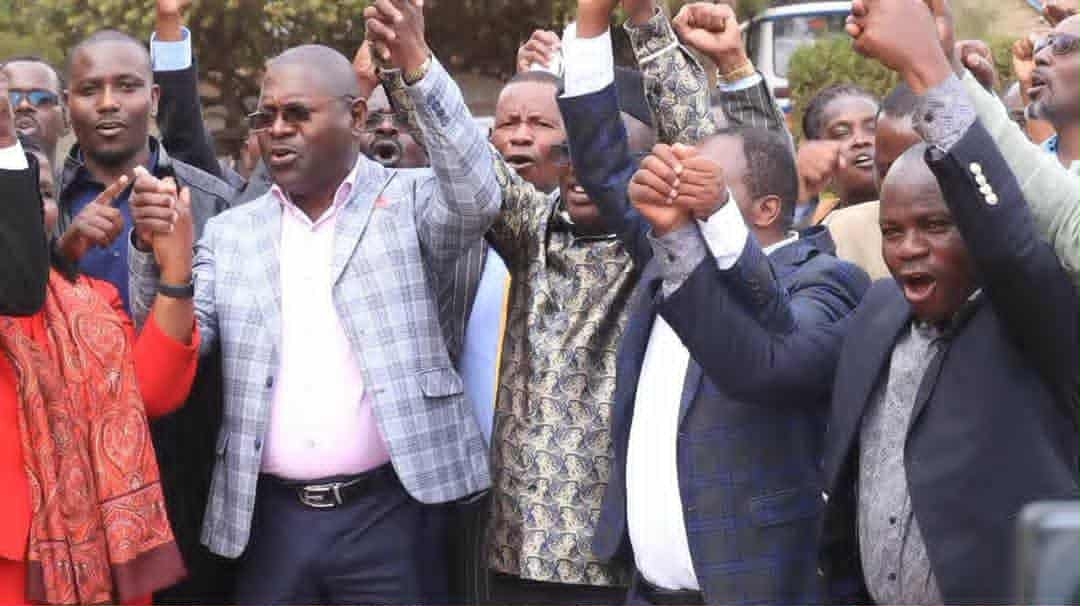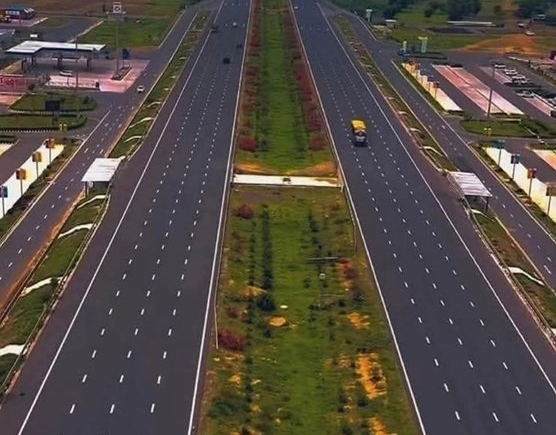As the second week since the partial reopening of schools comes to a close, learning institutions have put in place measures to stop virus spread.
A spot check by the Star revealed that schools are using tape and paint on floors to mark adequate space between desks.
In both private and public schools, all children are required to wear masks within and outside the classroom with strict enforcement from the teaching staff.
But due to cost implications, no school is known to have carried out mass testing for Covid-19.
Mutheu Kasanga, the Kenya Private Schools Association chairperson, told the Star that learning institutions have adopted other methods to further limit physical interaction among learners. One of them is the use of ‘bubbles’ or small groups.
Protective bubbles have mainly been adopted by private schools whose student population is not as high as in public institutions.
“This is done during meal times, where classes go for meals in shifts, and during transportation to and from home,” Mutheu said.
In boarding schools, learners have been reorganised to sleep in the same bubbles.
The protective bubble, she said, helps to quickly isolate groups of students who may have been exposed to the virus without disrupting the entire school.
But Kenya Secondary School Heads Association chairman Indimuli Kahi said such measures could prove difficult to implement in public schools owing to the high student population.
In public schools temperature checks and records remain the main mode to arrest possible cases. But the World Health Organization has reported that children mostly go without any signs even when infected.
Public schools, said Kahi, will largely rely on closures if positive cases are reported.
For teachers, schools have adopted the concept of sending them on leave of absence as long as there is a confirmed contact with an infected individual.
However, there are no elaborate plans to cater for and protect those with underlying conditions and those yet to report.
Dropout rate
Also emerging are reports indicating that there could be cases of dropouts as some learners have yet to report back to school.
The Kenya Primary School Heads Association also indicates that absenteeism prevails among Grade 4 learners.
“The candidate turnout is good, almost all of them are back, but heads are still reporting absenteeism among the younger Grade 4 learners,” Kepsha chairman Nicholas Gathemia said.
The reasons for absenteeism remains unclears. "We hope that as we enter the third week, all learners will be back in class," Gathemia said.
He argues that those in Grade 4 could be reluctant because they are not in their final year, unlike their counterparts in Standard 8 and Form 4.






![[PHOTOS] Council of Governors visits Raila's grave](/_next/image?url=https%3A%2F%2Fcdn.radioafrica.digital%2Fimage%2F2025%2F10%2F59c8111a-6f0d-4719-8587-7e965c4bdd34.jpg&w=3840&q=100)





